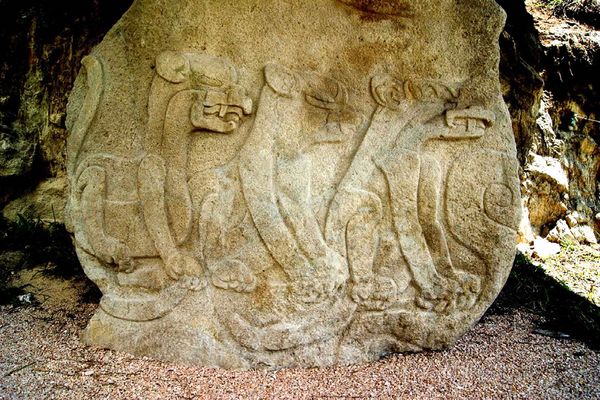
© INAH via APThe "Triad of Felines" carved rock found in Chalcatzingo, Mexico.
With a little help from archaeologists, three giant cats have slunk into view after spending thousands of years underground in central Mexico.
Carved in a vaguely Olmec style into a stone monolith, the seated
jaguars - or possibly
mountain lions - may have been part of a decorative hillside wall that was crawling with big-cat carvings, experts suggest.
The circa 700 B.C. carving, dubbed the "Triad of Felines" by archaeologists, was found about 60 miles (a hundred kilometers) south of Mexico City at Chalcatzingo, an archaeological site known to have had ties to the Olmec civilization.
Measuring about 5 feet (1.5 meters) tall and 3.6 feet (1.1 meters) wide, the carving was originally set within a hillside and was designed to be clearly visible from a village below, experts say.
The discovery is only the latest of about 40 large stone carvings found at Chalcatzingo since 1935 - many of them depicting cats, said
David Grove, an anthropologist at the University of Florida who conducted research at Chalcatzingo for 30 years beginning in the 1970s.
As an example of Olmec-style art, Grove added, "Triad of Felines" is "spectacular."
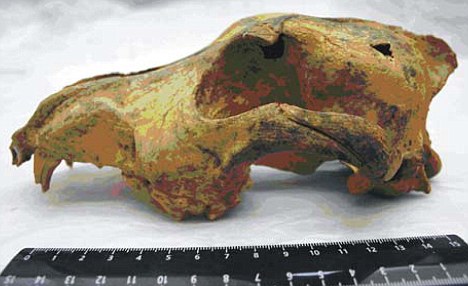
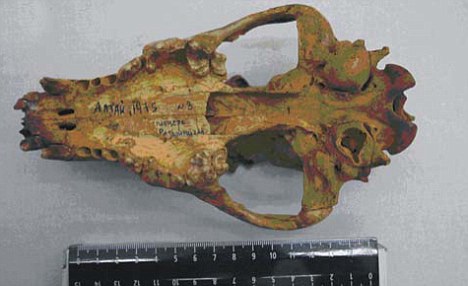

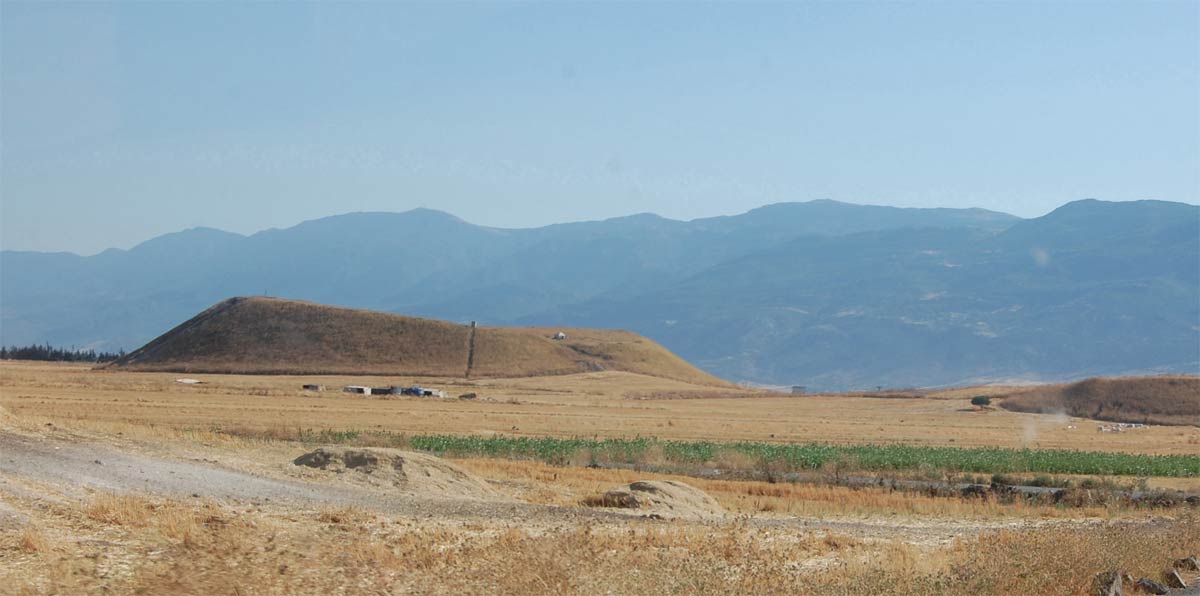
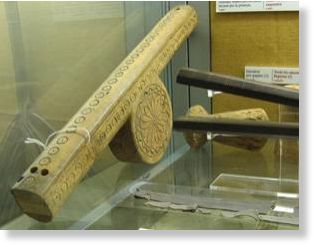


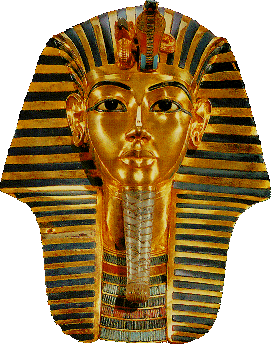
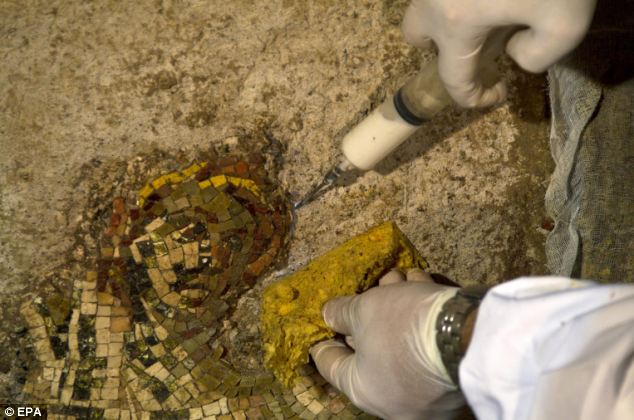
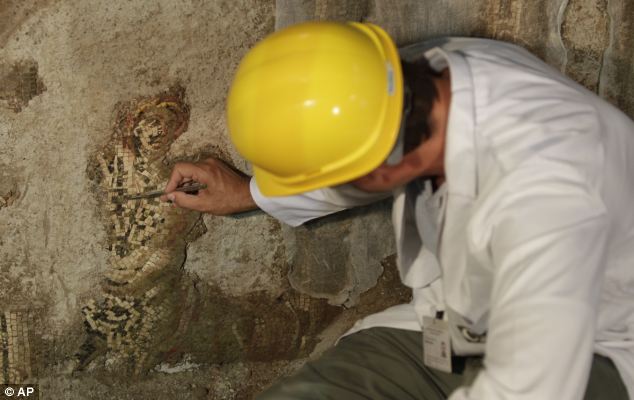



Comment: Actually, Jared Diamond is right, and agriculture is indeed the worst mistake in the history of the human race. Historical evidence also shows that it's not only temporal or that agriculture's benefits will be appreciated in the future. What's really been happening, that from the onset of farming human species have experienced a gradual degradation. We are on a fast track toward self-destruction on all levels.